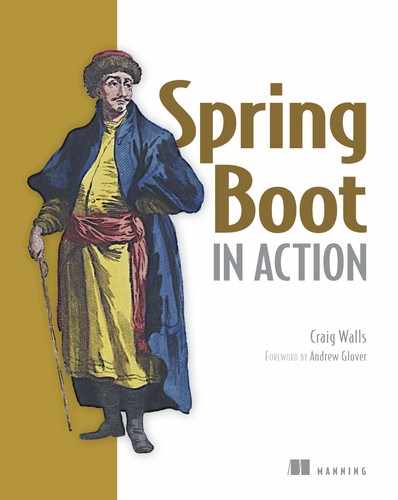Foreword
In the spring of 2014, the Delivery Engineering team at Netflix set out to achieve a lofty goal: enable end-to-end global continuous delivery via a software platform that facilitates both extensibility and resiliency. My team had previously built two different applications attempting to address Netflix’s delivery and deployment needs, but both were beginning to show the telltale signs of monolith-ness and neither met the goals of flexibility and resiliency. What’s more, the most stymieing effect of these monolithic applications was ultimately that we were unable to keep pace with our partner’s innovation. Users had begun to move around our tools rather than with them.
It became apparent that if we wanted to provide real value to the company and rapidly innovate, we needed to break up the monoliths into small, independent services that could be released at will. Embracing a microservice architecture gave us hope that we could also address the twin goals of flexibility and resiliency. But we needed to do it on a credible foundation where we could count on real concurrency, legitimate monitoring, reliable and easy service discovery, and great runtime performance.
With the JVM as our bedrock, we looked for a framework that would give us rapid velocity and steadfast operationalization out of the box. We zeroed in on Spring Boot.
Spring Boot makes it effortless to create Spring-powered, production-ready services without a lot of code! Indeed, the fact that a simple Spring Boot Hello World application can fit into a tweet is a radical departure from what the same functionality required on the JVM only a few short years ago. Out-of-the-box nonfunctional features like security, metrics, health-checks, embedded servers, and externalized configuration made Boot an easy choice for us.
Yet, when we embarked on our Spring Boot journey, solid documentation was hard to come by. Relying on source code isn’t the most joyful manner of figuring out how to properly leverage a framework’s features.
It’s not surprising to see the author of Manning’s venerable Spring in Action take on the challenge of concisely distilling the core aspects of working with Spring Boot into another cogent book. Nor is it surprising that Craig and the Manning crew have done another tremendously wonderful job! Spring Boot in Action is an easily readable book, as we’ve now come to expect from Craig and Manning.
From chapter 1’s attention-getting introduction to Boot and the now legendary 90ish-character tweetable Boot application to an in-depth analysis of Boot’s Actuator in chapter 7, which enables a host of auto-magical operational features required for any production application, Spring Boot in Action leaves no stone unturned. Indeed, for me, chapter 7’s deep dive into the Actuator answered some of the lingering questions I’ve had in the back of my head since picking up Boot well over a year ago. Chapter 8’s thorough examination of deployment options opened my eyes to the simplicity of Cloud Foundry for cloud deployments. One of my favorite chapters is chapter 4, where Craig explores the many powerful options for easily testing a Boot application. From the get-go, I was pleasantly surprised with some of Spring’s testing features, and Boot takes advantage of them nicely.
As I’ve publicly stated before, Spring Boot is just the kind of framework the Java community has been seeking for over a decade. Its easy-to-use development features and out-of-the-box operationalization make Java development fun again. I’m pleased to report that Spring and Spring Boot are the foundation of Netflix’s new continuous delivery platform. What’s more, other teams at Netflix are following the same path because they too see the myriad benefits of Boot.
It’s with equal parts excitement and passion that I absolutely endorse Craig’s book as the easy-to-digest and fun-to-read Spring Boot documentation the Java community has been waiting for since Boot took the community by storm. Craig’s accessible writing style and sweeping analysis of Boot’s core features and functionality will surely leave readers with a solid grasp of Boot (along with a joyful sense of awe for it).
Keep up the great work Craig, Manning Publications, and all the brilliant developers who have made Spring Boot what it is today! Each one of you has ensured a bright future for the JVM.
ANDREW GLOVER
MANAGER, DELIVERY ENGINEERING AT NETFLIX
